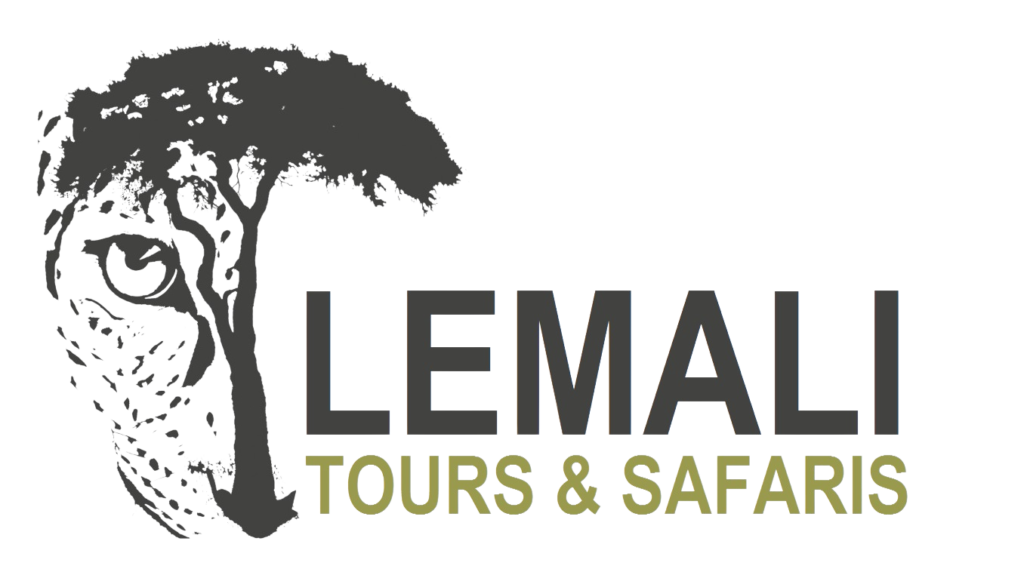Kilimanjaro Packing List
Kilimanjaro Packing List
Complete Kilimanjaro Packing List
Climb Mount Kilimanjaro fully prepared! Packing the right gear is the key to a safe, comfortable, and successful trek to the summit of Africa’s highest mountain. Because the climb takes you through five unique climate zones from tropical forest to Arctic-like conditions it’s important to have proper layers and reliable equipment.
Clothing Essentials
Proper clothing helps you stay dry, warm, and comfortable in all conditions on the mountain.
Base Layers (Next to Skin):
These keep moisture away from your body and regulate your temperature.
- 2–3 moisture-wicking T-shirts (synthetic or merino wool)
- 2 long-sleeve thermal tops
- 2 pairs of thermal leggings
Insulating Layers (Mid Layers):
These trap body heat and provide warmth as temperatures drop.
- 1–2 fleece jackets or pullovers
- 1 down or synthetic insulated jacket (for the cold summit night)
- 1 pair of warm trekking pants
- 1 pair of light hiking pants (for warm lower sections)
Outer Layers (Shell Protection):
Designed to protect you from rain, snow, and wind.
- Waterproof, breathable rain jacket (Gore-Tex or similar)
- Waterproof trousers
- Windproof shell or hard shell jacket
Headwear & Handwear:
Protect your head, neck, and hands from sun, wind, and extreme cold.
- Warm wool hat or beanie
- Sun hat or wide-brimmed cap
- Buff or neck gaiter (for dust and warmth)
- Lightweight fleece gloves
- Warm waterproof mittens for summit night
Footwear
Your feet will carry you to the “Roof of Africa,” so comfort is critical.
- Trekking Boots: Sturdy, waterproof, and already broken-in.
- Camp Shoes or Sandals: For relaxing in camp after a long hike.
- Hiking Socks: 3–4 pairs of quality wool or synthetic socks.
- Liner Socks: Optional, but help prevent blisters.
- Gaiters: Keep dust, mud, and small stones out of your boots.
Tip: Avoid new boots on the climb test them on several long hikes beforehand.
Gear & Equipment
These items ensure you’re prepared, comfortable, and safe throughout the trek.
- Daypack (25–35L): Carries daily essentials like water, snacks, and camera.
- Duffel Bag (70–90L): Carried by porters — make sure it’s waterproof.
- Trekking Poles: Reduce strain on knees during steep ascents and descents.
- Sleeping Bag: Rated to -10°C / 14°F for cold summit nights.
- Sleeping Pad: Provides insulation and comfort; some operators supply this.
- Headlamp: Essential for early-morning or night hiking; bring extra batteries.
- Sunglasses: UV-protected for high-altitude glare.
- Water System: 2–3L hydration bladder or bottles.
- Dry Bags: Keep clothing and electronics dry and organized.
Health & Toiletries
Stay healthy, clean, and comfortable on the mountain.
- Personal medications (and a copy of prescriptions)
- Altitude sickness medication (Diamox – consult your doctor)
- Painkillers and anti-inflammatories
- Blister care (Compeed, moleskin, or plasters)
- Wet wipes (for daily “mountain showers”)
- Toothbrush, toothpaste, and deodorant
- Sunscreen (SPF 30+), lip balm (SPF 15+)
- Quick-dry travel towel
- Hand sanitizer and biodegradable soap
- Toilet paper and small waste bag (carry out used tissue)
Electronics & Power
Keep your devices charged and ready to capture every moment.
- Power bank (20,000mAh+ recommended)
- Camera or smartphone
- Extra memory cards and batteries
- Plug adapter (Type G or D – for Tanzania)
- Portable solar charger (optional but useful for longer treks)
Snacks & Personal Extras
A few small comforts go a long way at high altitude.
- High-energy snacks (nuts, protein bars, chocolate, dried fruit)
- Electrolyte or hydration tablets
- Lightweight book, journal, or music
- Small first-aid kit
- Travel documents (passport, insurance, vaccination proof, itinerary)
Useful Tips Before You Pack
- Layer up: Temperatures range from +25°C at the base to -15°C at the summit.
- Weight limit: Porters usually carry a maximum of 15 kg (33 lb).
- Pack smart: Waterproof everything in case of rain.
- Train early: Test your gear and fitness before arriving in Tanzania.
- Bring a smile: A positive attitude is one of your best tools on the mountain!
Final Thought
Climbing Kilimanjaro is a once-in-a-lifetime experience. Packing correctly not only enhances your comfort but also increases your chances of reaching Uhuru Peak safely and joyfully.
Whether you’re trekking via Machame, Lemosho, or Marangu Route — the right preparation makes all the difference.



